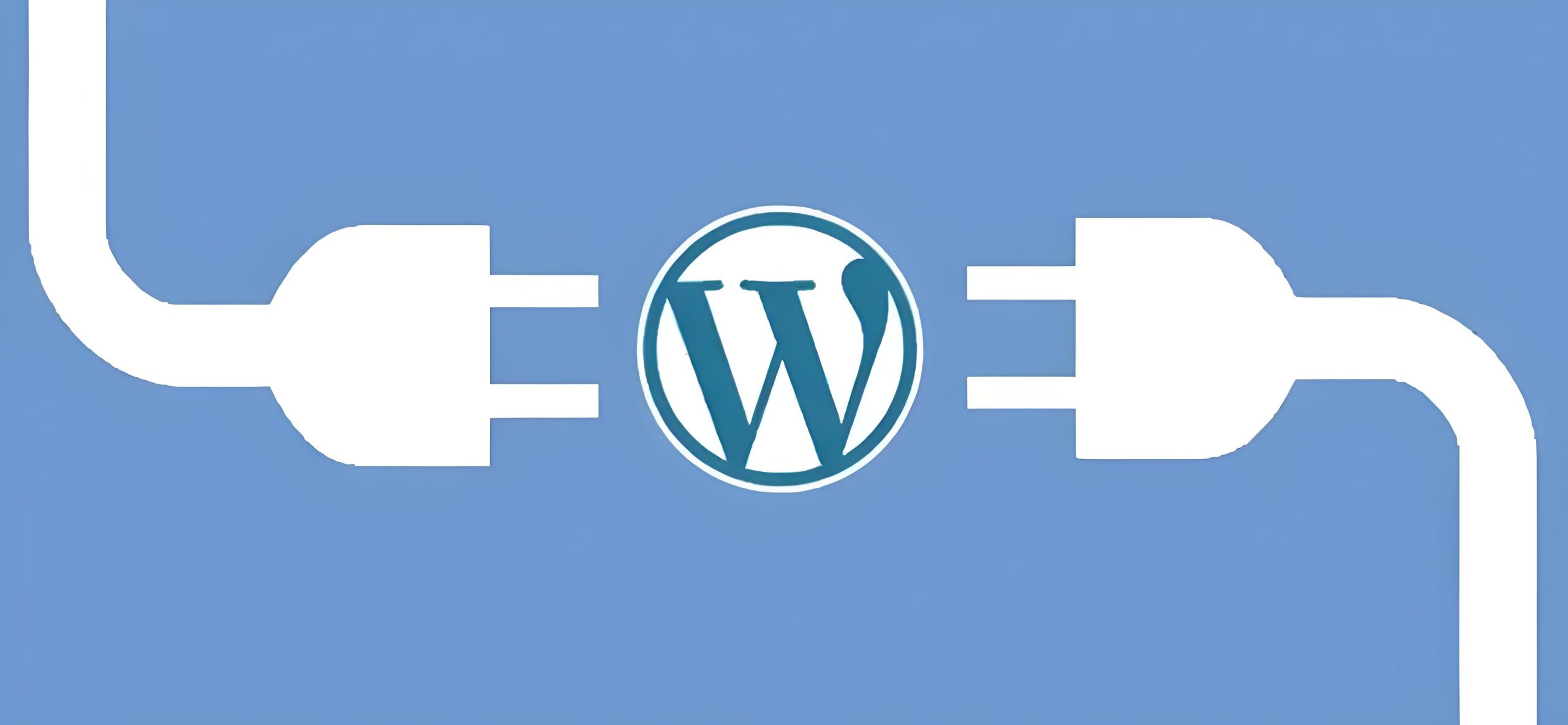Blog
How to Systematically Diagnose and Fix a Slow WordPress Site

If your WordPress site is loading slowly, don’t just blame your hosting—often, the issue lies in the site’s own structure, plugins, or server configuration. In this post, I’ll walk you through how to diagnose and solve WordPress speed issues step by step, from a developer’s perspective. We’ll not only use common tools but also dive into server and code-level adjustments to help you truly understand where the problem lies and how to fix it for good.
🛠️ Step 1: Start with Query Monitor
Before you jump into random optimizations, you need to know what’s actually wrong. My top recommendation is Query Monitor—a free and powerful debugging plugin that shows you every database query, PHP error, HTTP request, enqueued script, and stylesheet on the current page.
Once installed and activated, you’ll see a debug panel at the bottom of your frontend page:
-
Check Database Queries: Switch to the Queries tab and look for duplicate or slow SQL queries (e.g., those taking longer than 0.1s). If you spot unusually slow queries, missing database indexes or poorly coded plugins might be the cause.
-
Analyze PHP Execution: Under the Timing section, you can see how much time each plugin and theme function takes. If a particular plugin is hogging resources, it might be time to optimize or replace it.
-
Review CSS/JS Files: The Scripts & Styles section helps you detect whether you’re loading too many—or duplicate—static assets, especially from third-party sources or inefficient plugins.
👉 Pro tip: If a plugin is making lots of external calls or repeating the same queries, try reaching out to the developer or look for an alternative.
🧩 Step 2: Actionable Fixes by Issue Type
1. Too Many Static Assets (CSS/JS Render Blocking)
What you’ll see: The site is loading dozens—sometimes hundreds—of CSS and JavaScript files, forcing the browser to make too many requests and blocking quick page rendering.
How to fix:
-
Use Autoptimize or WP Rocket to combine and minify CSS/JS files.
-
Apply
asyncordeferto non-critical JavaScript, especially larger libraries like jQuery. -
Manually disable unused scripts—particularly those loaded site-wide by plugins but not needed on the current page.
2. Slow Database Queries
What you’ll see: Query Monitor reveals slow-performing queries, especially in post lists, WooCommerce product pages, or user queries.
How to fix:
-
Implement object caching with Redis or Memcached using a plugin like Redis Object Cache.
-
Clean up regularly: remove post revisions, auto-drafts, spam comments, and expired transients with WP-Optimize.
-
Add database indexes to commonly queried fields such as
post_nameormeta_value.
3. Unoptimized Images & Media
What you’ll see: Large images or videos are being served directly from your server, eating bandwidth—especially on mobile networks.
How to fix:
-
Use a CDN (like Cloudflare or Bunny.net) to serve images, videos, and other static assets.
-
Automatically compress images and convert them to WebP format with ShortPixel or Imagify.
-
Host videos on dedicated platforms (YouTube, Vimeo) and embed them—this reduces server load significantly.
4. Plugin & Theme Bloat
What you’ll see: Too many plugins, or poorly coded ones, lead to long PHP execution times and even memory exhaustion.
How to fix:
-
Audit your plugins regularly. Deactivate and remove those that are unnecessary or redundant.
-
Measure plugin performance with Query Monitor or an APM tool like New Relic.
-
Consider switching to a lightweight theme (GeneratePress, Kadence, Blocksy) that avoids excessive dynamic content and features.
5. Server & PHP Configuration
What you’ll see: Even after optimizing the site, it still slows down under moderate traffic or returns 502 errors.
How to fix:
-
Enable OPcache and configure it properly in
php.inifor faster PHP execution. -
Tweak PHP process management (e.g., with PHP-FPM and optimal
pm.max_childrensettings) to avoid request queuing. -
If you’re using Nginx, enable FastCGI caching or use a server-level cache plugin like WP Rocket or Perfmatters.
6. Third-party Requests & Render-Blocking
What you’ll see: External resources like Google Fonts, Facebook SDK, or analytics scripts load slowly and delay page rendering.
How to fix:
-
Serve Google Fonts locally with a plugin like OMGF | Host Google Fonts Locally.
-
Load non-critical JavaScript (like Google Analytics) asynchronously or deferred.
-
Identify render-blocking resources using Google PageSpeed Insights or GTmetrix and optimize accordingly.
✅ Step 3: Build Long-Term Maintenance Habits
Optimization isn’t a one-time thing. It’s an ongoing practice. I recommend doing a full-site check every few months:
-
Run regular tests with GTmetrix or PageSpeed Insights to track performance.
-
Monitor server resource usage (e.g., with Server Avatar or New Relic) to catch memory leaks or abnormal processes.
-
Make database optimization a monthly task—clean out unnecessary data and rebuild indexes.
🧠 Final Thoughts
A fast WordPress site isn’t about one magic fix—it’s built on systematic diagnosis and continuous maintenance. Every part of your setup—plugins, theme, database, server—can become a bottleneck. Don’t be afraid to get technical. Using the right tools and understanding the “why” behind performance issues will put you back in control.
If you’re still stuck, start with Query Monitor. Sometimes, replacing one plugin or enabling caching can make a visible difference.
This guide is based on real-world experience and is best suited for small to medium-sized WordPress sites. If you’re running a high-traffic or complex architecture, you may need advanced server tuning or a distributed setup. Feel free to share your own experience in the comments!